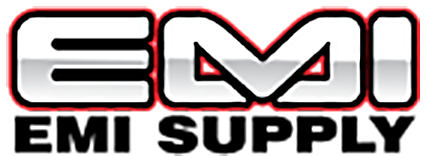Knowledge Center
Abrasives Lesson 10: Resin Sander Discs and Pads
Resin sanding discs are used with portable disc grinders which are among the most widely used machines in the metal-working industry as well as other manufacturing. Disc grinding is often taken for granted because it has been in universal use for such a long time.
Abrasives Lesson 9: Belt Problems and Solutions
The increased use of coated abrasive belts for metal removal and finishing operations has placed greater demands on high quality and uniformity of the products used for these purposes. Read this article to learn more.
Abrasives Lesson 8: Grinding Aids
Lubricants and coolants are equally as important when using coated abrasive belts as they are to the efficient use of other types of cutting tools such as milling cutters, drills, taps, and reamers, etc.
Abrasives Lesson 6: Abrasive Belt Considerations
Normal belt tension should not exceed the tension required to prevent belt slippage or tracking stability. Excessive tension detracts from the softness or aggressiveness of a contact wheel and decreases the action of the serrations.
Abrasives Lesson 7: Metalworking Belt Grinding Machines and Applications
Metalworking Belt Grinding Machines and Applications: Centerless Grinding.
Abrasives Lesson 5: Contact Wheels - Troubleshooting and Related Information
The condition of the used belt at discard is the most important clue or evidence that a change in contact wheel specifications can produce improved results. These used belt conditions are glazing, loading, and stripping or shelling.
Abrasives Lesson 4: Metalworking Basic Belt Methods and Contact Wheels
This lesson describes the three basic methods of using coated abrasive belts: slack of belt, platens and contact wheels.
Abrasives Lesson 3: Splices
Great demands are placed on coated abrasive belts for a wide range of applications from heavy stock removal to surface finishing and polishing.
Abrasives Lesson 2: Flexing
Flexing is the controlled cracking or breaking, in one or more directions of the adhesive bond which holds the abrasive grain to the backing, with the aim of varying the flexibility and aggressiveness of the product.
Abrasives Lesson 1: The Development and Manufacture of Coated Abrasives
The Development and Manufacture of Coated Abrasives
- Page Previous
- Page 1
- You're currently reading page 2
- Page 3
- Page Next

